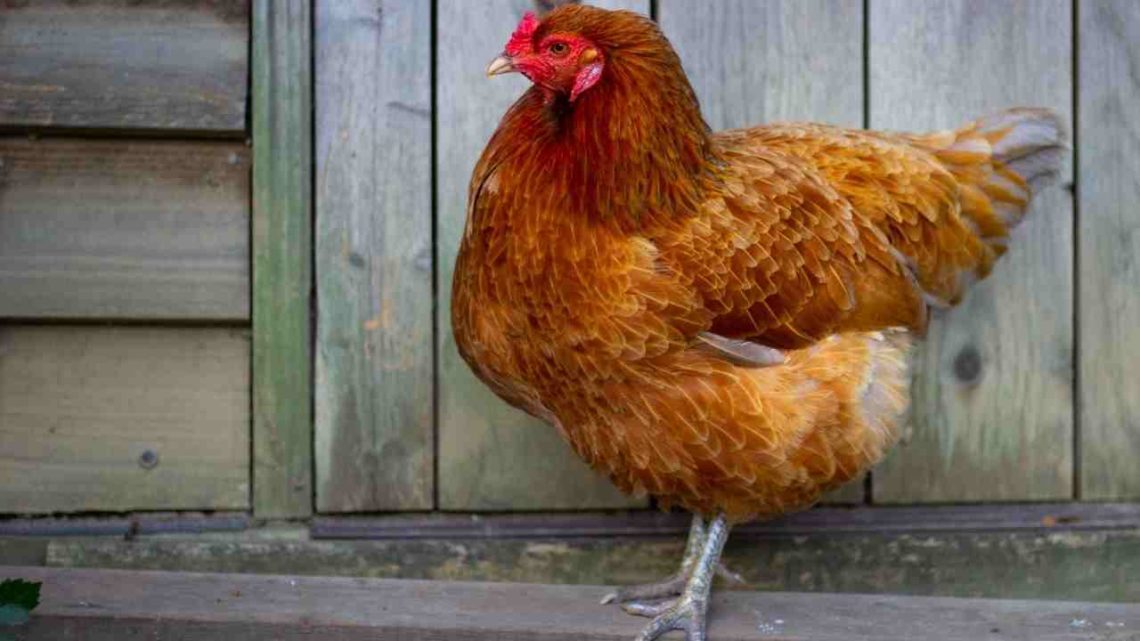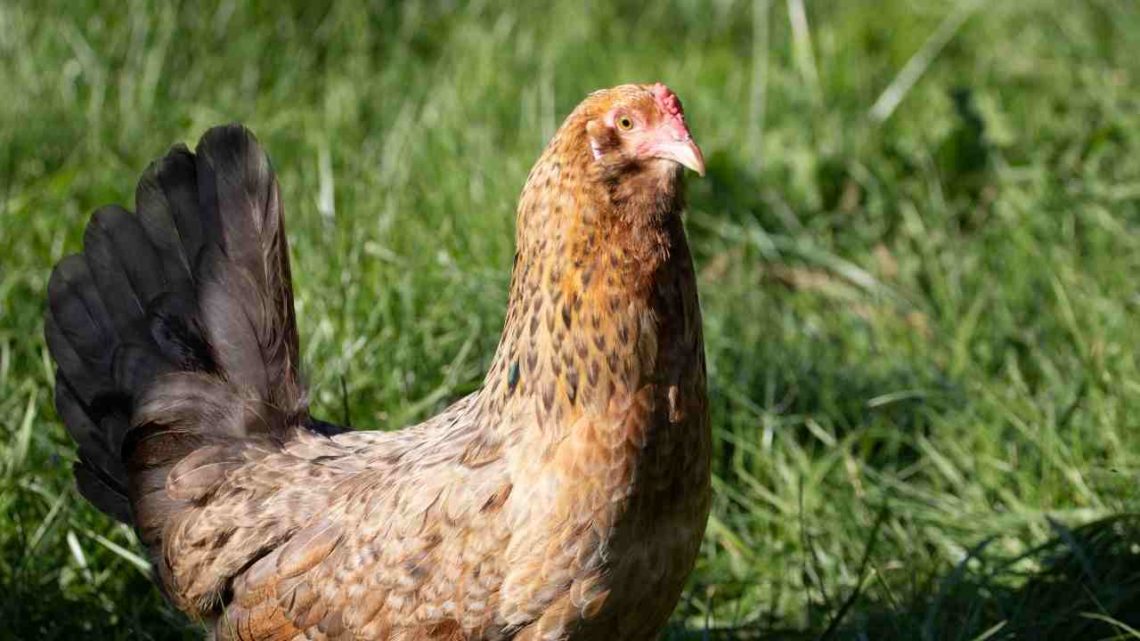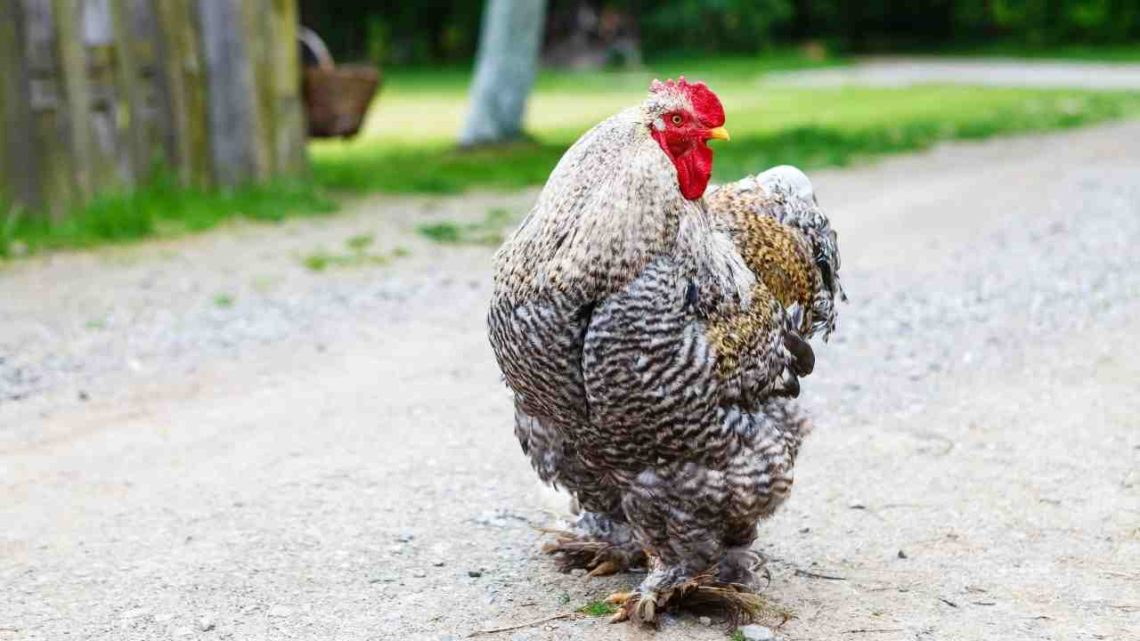Lori Ballen, the owner of this website, benefits from purchases made through her affiliate links.
As an Amazon Associate, I earn from qualifying purchases. Some links on this site are affiliate links. Portions of this content are generated by AI.
When most people think of backyard chickens, the first thing that comes to mind is a dozen eggs yolked in different shades of pale yellow. While this classic image is still prevalent today, there are more and more homeowners who are choosing to add blue egg-laying chickens to their flock.
If you’re curious about whether or not adding a few blue egg layers is the right move for your homestead, read on! We’ll go over everything you need to know about these beautiful birds. Plus, we’ll share some tips on how to get started if you’re new to keeping backyard chickens!
Types of Blue Egg Laying Chickens
Ameraucana

The most popular blue egg layer is the Ameraucana chicken. These birds originate from the Andes Mountains of Peru and are known for their striking blue eggs. Ameraucanas can be purchased from hatcheries or online breeders, and they come in a variety of colors, including black, white, lavender, and rooster.
Easter Egger

Another type of chicken that lays blue eggs is the Easter Egger. These chickens are a cross between an Ameraucana and any other type of egg-laying chicken, such as a Rhode Island Red. As such, they don’t belong to any particular breed and can come in a wide range of colors and patterns.
Cochin

Cochins are a common breed of chicken that’s known for their fluffy feathers and gentle dispositions. While they’re not technically considered blue egg layers, they can lay eggs with a bluish tint. This happens because Cochin chickens have a gene that causes their bodies to produce more bilirubin, which gives the eggshells a distinctive color.
Ice Cream Bar
The Ice Cream Bar chicken is a relatively new breed that’s been gaining popularity in recent years. As you might have guessed from their name, these chickens lay eggs that are blue-gray in color. They’re a cross between an Ameraucana and a Orpington chicken, and they typically have white feathers with black spots.
Tips for Getting Started with Blue Egg Laying Chickens
If you’re thinking of adding a blue egg layer to your flock, here are a few tips to get you started:
1. Do your research. It’s important to do your homework before bringing any new chickens home! Make sure you know what type of bird you’re getting and what their needs will be.
2. Provide a suitable home. Blue egg layers need a spacious coop with plenty of ventilation. They also require access to an outdoor run so they can roam around and get some fresh air.
3. Feed them the right food. These birds need a diet that’s high in protein and calcium in order to lay eggs with strong shells. You can provide them with a commercial chicken feed, or you can mix your own diet with scratch grains, fresh vegetables, and calcium supplements.
4. Give them some shade. Like all chickens, blue egg layers need access to shade during hot weather. You can provide them with a shady spot in their coop or run, or you can put up a sunshade to keep them cool.
5. Protect them from predators. Chickens are prey animals, so they’re vulnerable to attack from predators like foxes, raccoons, and coyotes. Make sure you have a good fence around your yard to keep these creatures out.
With the right care, blue egg-laying chickens can be a delightful addition to your backyard flock
What Causes Blue Eggs?
All of the aforementioned breeds lay blue eggs because they have a gene that produces biliverdin. This pigment gives the eggshells a bluish tint and is found in all birds, regardless of their plumage color.
While the biliverdin pigment is what actually causes blue eggs, there are two different genes that control its production. The first gene, known as the Oca2 gene, is responsible for the biliverdin’s production in the shell gland. The second gene, called Bdr, regulates the amount of biliverdin that’s transferred to the egg during shell formation.
Chickens with two copies of the Oca2 gene and one copy of the Bdr gene will lay blue eggs. Chickens with two copies of the Bdr gene and one copy of the Oca2 gene will lay green eggs. And chickens with one copy of each gene will lay brown eggs.
Are Blue Eggs Healthier?
Now that you know a little bit about what causes blue eggs, you might be wondering if they’re any healthier than their brown or white counterparts. The short answer is: no, there’s no evidence that blue eggs are healthier than other eggs.
However, some people believe that biliverdin pigment has antioxidant properties, which could make them a healthier option. But more research is needed to say for sure.
How to Get Started with Blue Egg Laying Chickens
If you’re interested in adding a few blue egg layers to your flock, there are a few things you need to know. First and foremost, you’ll need to find a reputable breeder or hatchery that sells these chickens. You can also check online classifieds or poultry swap pages on Facebook to find breeders in your area.
When you’re picking out your chickens, be sure to ask the breeder about the bird’s temperament and whether they’re good layers. You’ll also want to make sure that the chickens are healthy and have been properly vaccinated.
If you’re new to keeping backyard chickens, it might be a good idea to start with a small flock of three or four birds. This will give you enough chickens to get started, but won’t be too many if something goes wrong.
It’s also important to have a proper chicken coop and run ready for your new arrivals. Be sure to check out our article on How to Build a Chicken Coop for tips on how to get started.
In conclusion, blue egg-laying chickens are a great addition to any backyard flock! Not only do they lay beautiful eggs,
How to Get Blue Eggs without Dye
If you’re not interested in adding a new breed of chicken to your flock, don’t worry! You can still get blue eggs without using any artificial dyes. Here are a few tips to get started:
1. Provide your chickens with a diet that’s high in calcium. This will help the eggshells stay strong and give them a blue-green tint.
2. Give your hens plenty of access to sunlight. The ultraviolet light from the sun will cause the eggs to absorb more pigment, resulting in darker blue eggs.
3. Let your chickens roam free-range. The natural soil and grasses will help dye the eggs a deep blue color.
4. Add a few drops of blue food coloring to the water dish. This is an easy way to get blue eggs without having to change your chickens’ diet or housing.
5. Collect the eggs often. The longer the eggs are left in the nest, the more likely they are to develop a brownish tint.
As an Amazon Associate, I earn from qualifying purchases. Some links on this site are affiliate links. Portions of this content are generated by AI.